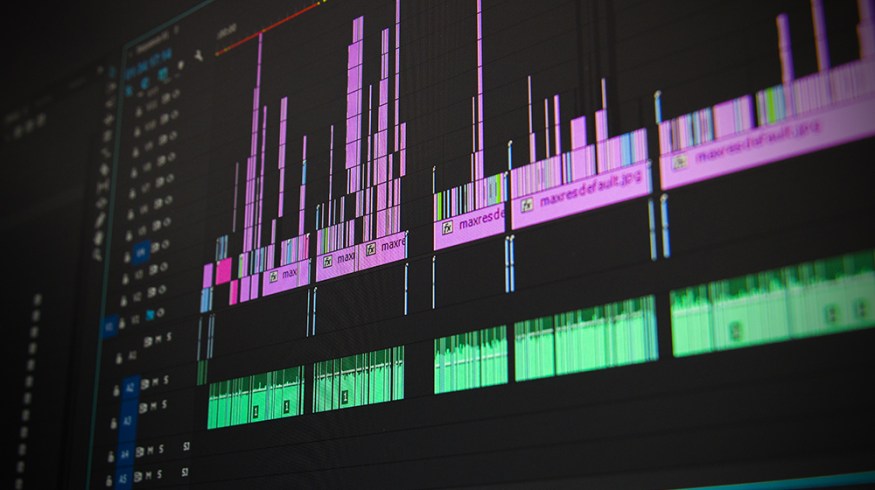
3 Stages of Editing a Corporate Video
The corporate video editing process can be broken down into these three distinct stages of post-production.
Top image via Shutterstock
In theory, editing corporate video shouldn’t be very hard or time consuming. If you’ve done your planning right, your production should have been tightly scripted and post should come down to laying your footage in to match your carefully constructed storyboard. There may be a few deviations to work through, but overall it’s usually a quicker turnaround than documentary or narrative film editing.
In my experience, the most difficult aspect of editing corporate video is dealing with the clients. (Bless their hearts.) If your point of contact is not familiar with the video editing process, it can result in some ridiculous requests and alterations. Hopefully you’re working by the hour and not by the project, but in either case, it’s important to be upfront and limit your work to what is practical to finish a project in a professional and timely manner.
Story Stage

The Story Stage includes all your pre-production — organizing assets, compiling and reviewing footage, syncing audio and multiple cameras, and laying everything out to edit. In this stage, you simply place the raw story pieces together as an outline of what you’ll work together later. While this layout isn’t sexy to share with clients (and while it may include some blemishes, out-of-focus and awkward shots), it will save both you and your client time later by showing it to them early.
While this might be unnatural (or seem unreasonable to show such raw footage) to some, it will help you down the line. It’s not nearly as big of a deal to change the messaging or move around some soundbites early in the process than trying to make the adjustments after you’ve added all your filler and sound/color work.
Share your Story Edit to get sign-off on the elements before adding in B-roll, transitions and other tricks and flares. Once you go back and forth and get a lock, only then do you go onto the next stage.
Rough Stage

In the Rough Stage you’ll tinker to cover your cuts and awkward shots in order to give your video that professional shine. This is where your editing skills and expertise are put into work. You may even be at a level where you can have an assistant or intern do the story edit to the script and you can build it out from the laid-out elements.
This is where you make your decisions on takes to use (or which ones to stitch together). You can also begin your process of cutting out blank spaces and awkward pauses as you edit the story down into a tight video set to your music or underscore.
Ideally you can lock in every moving part needed (that doesn’t require minor tweaks) to share again with the client. Your goal again is to get picture and sound lock without maxing out render times with heavily corrected footage and audio. This includes rough lower thirds, transitions and full use of editing tricks (J and L cuts, audio replacement, etc…).
Final Stage

The Final Stage should be the easiest to complete because your video will now be fully signed off for all practical purposes, leaving you free to finally add in color correction and grading, stabilization, lens flares or whatever else is in your arsenal to turn a 7.5 video into a solid 10.
You’ll also now be able to do a full export rather than a quick-review cut. You can max out those render qualities and not worry about cluttered hard-drives with too many large-size video versions.
To save a little on editing time, be sure to drop down your footage all to the same layer (when in Premiere Pro). You can also do your final audio sweep to de-hum and de-ess as best as possible and add animations to any text, lower thirds or infographics.
While we tend to make exceptions for clients here and there to change major story points or soundbites due to unforeseen circumstances, if you’re upfront and push for reviews at these stages, you can drastically improve your workflow — and ultimately your clients will thank you for a more seamless post-production process.
What do you view as the stages of post-production? Have any other thoughts to add? Let us know in the comments.





